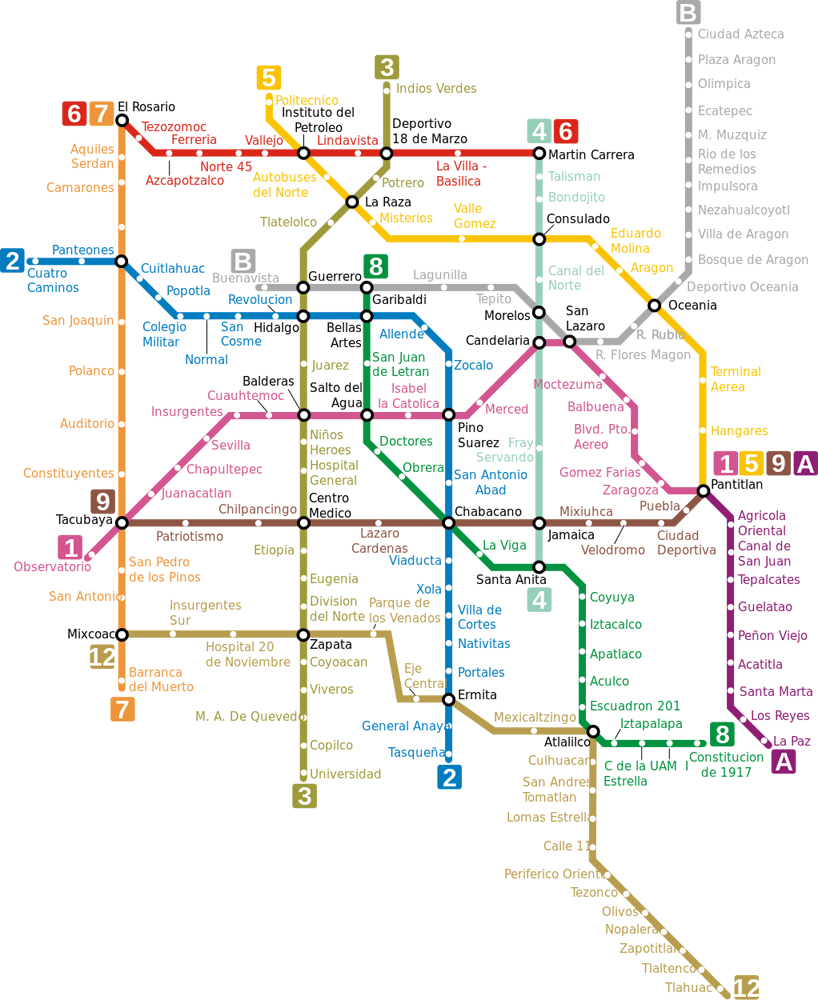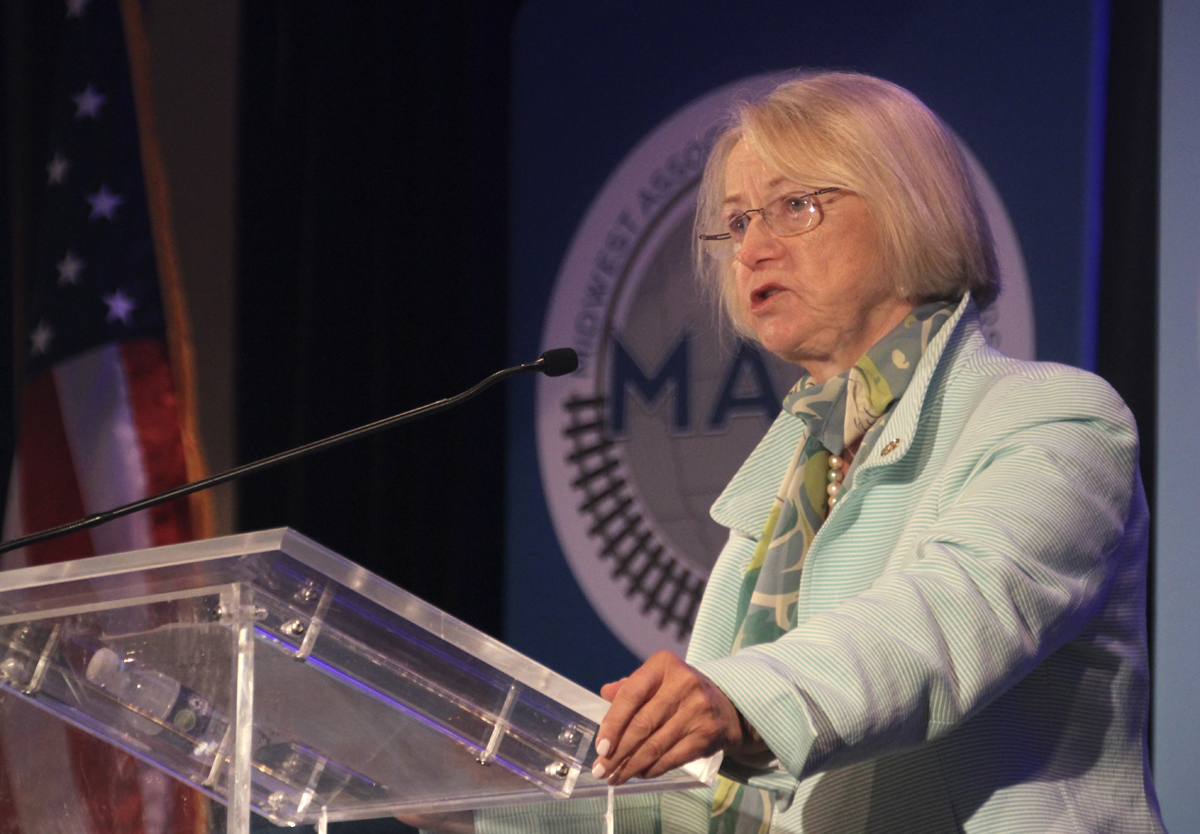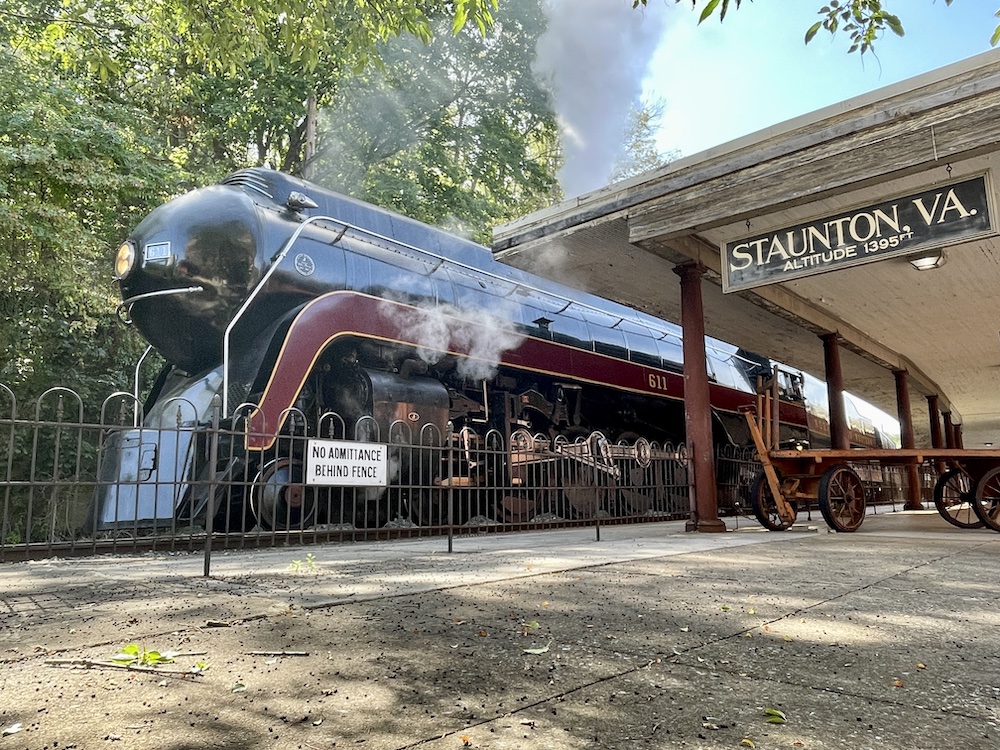
MEXICO CITY — At least 23 people have been killed in a subway accident late Monday. The New York Times reports an overpass collapsed on an elevated portion of the rapid transit system’s Line 12 about 10:30 p.m. on Monday, sending some cars of a train plunging to the ground while leaving at least two others hanging from portions of the elevated right-of-way. At least 70 people have been hospitalized, with at least seven of those in serious condition, according to the BBC.
A brief video clip from security cameras shows the moment the accident occurred near the Olivos station, on the southeasternmost portion of Mexico City’s Metro. Line 12 of the Metro, North America’s second largest subway system after that of New York, opened in 2012. Local residents had reportedly expressed concerns about cracks along the elevated line after a 2017 earthquake.
— Updated at 7:55 a.m. to correct time of accident to 10:30 p.m.














The article’s first paragraph says Olivos station is near the southwest terminus of Line 12. The map shows Olivos near the south*east* terminus.
Kalmbach’s proofreaders come through again. [/sarc]
WALTER – What you describe is possible, depending (obviously) on a number of factors, including how stiffly connected the bridge beams are to the deck above.
I believe the Mexico City system uses rubber-tire vehicles, probably not a factor at all here, but this is not a traditional steel wheel vehicle.
A tragic situation. As a railroad bridge engineer it is a stark reminder of our obligation to protect the public welfare.
Mr Schierloh I was watching some news this afternoon an video showed bridge columns with an inverted T on top for the beams to set on. But the concrete beams were notched so only about half of the beam was siting on the shelf. Most of the bridges that I have driven under the whole beams sits on the shelf. Wouldn’t that weaken the beam and not have all it’s strength being used for support? Just my thinking.
Walter – There may be several reasons why the beam configuration is the way it is on the Mexico City system. If I had to guess it has something to do with the vertical clearance between the roadway and the underside of the pier caps that cantilever out over the roadway. There may be some earthquake considerations as well. In both cases I am speculating. I prefer to avoid coped beam ends and instead use full depth beams as you mention, but nonetheless detail is allowed.
That said, watching the video it appears that the failure initiates in the middle of the span, so the design of the pier cap and beam end may have nothing to do with span failure. Pure speculation on my part, but my first inclination would be to investigate the mid-span connection between the one of the main beams and a smaller auxiliary beam that supports the diverging track on top of the span. This connection is unique to this span because a track switch is located on this span, and the connection is located near the area where the video shows the failure initiating. Perhaps recent earthquakes damaged this portion of span, or maybe there is weld detail that promoted premature cracking in a manner similar to the Hoan Bridge in Milwaukee? At this point no one can say for certain.